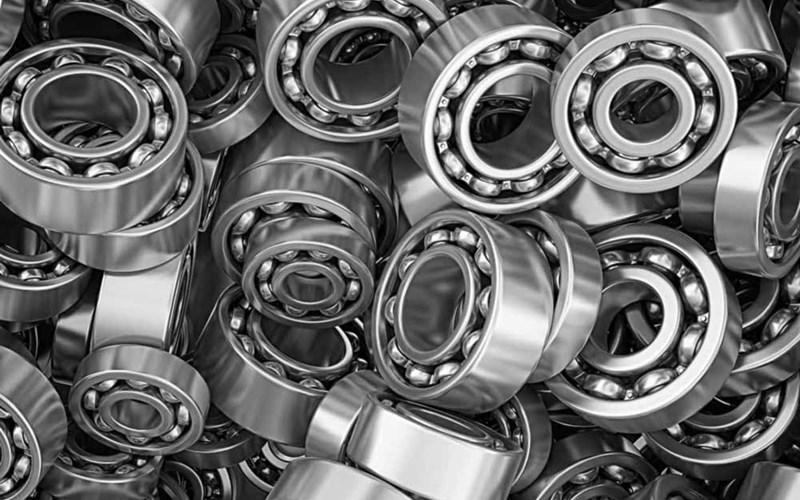How did one plant go from having close to 30 bearing failures in one year to having zero bearing failures for three years in a row?
By incorporating ultrasound technology into its maintenance arsenal.
Ultrasound technology is a technology that is relatively inexpensive, can be used in many environments, and can be learned relatively easily.
Taking the guesswork out of lubrication needs, this technology has proven to be reliable in predictive maintenance and can save your company money as well as hours of lost productivity.
Ultrasound can be beneficial for detecting other potential bearing failure conditions as well, but it’s especially helpful for lubrication because of its ability to isolate bearings and determine their individual needs.
LUBRICATION-RELATED ISSUES CAN LEAD TO BEARING FAILURE
We discussed lubrication failure as one of our common factors that can lead to bearing failure. But over-greasing can also be damaging by leading to high operating temperatures, collapsed seals, and in the case of greased electric motors, energy loss and failures.
Being able to determine the correct amount of grease needed for a bearing at the proper time is essential for a successful maintenance routine. With ultrasound, you don’t have to rely on a time-based lubrication schedule alone.
HOW TO USE ULTRASOUND TECHNOLOGY TO PREVENT OVER-LUBRICATION BEARING FAILURE
1. Establish a baseline decibel level and sound sample.
2. When the amplitude of a bearing exceeds 8 decibels (dB), and there is no difference in the sound quality established at baseline, the bearing needs to be lubricated.
3. To prevent over lubrication, the lube technician will apply lubrication a little at a time, until the dB level drops.
4. The lube tech uses a specialized ultrasound instrument that alerts the tech when to stop adding grease (these instruments can be affixed to a regular grease gun or worn in a holster).
5. For best practices, the technician should note when the equipment was last greased and how much grease was used to calculate roughly how much lubrication is used per week. This helps create historical data that help determine if modifications are needed in the lubrication schedule.
Are you using ultrasound technology in your maintenance routine? How is it working for you? Let us know in the comments below.
References
Using Ultrasound to Improve Lubrication Practices, Bearing News
